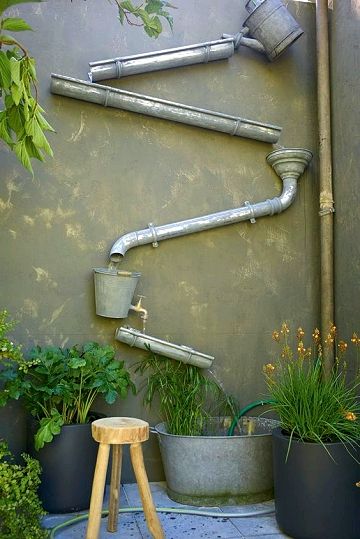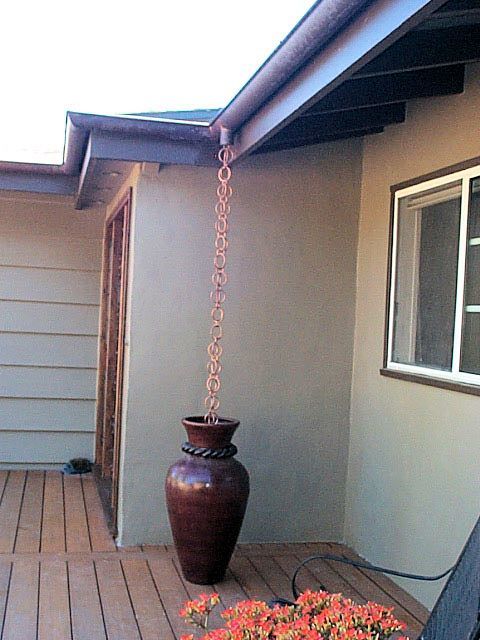The rainy season has set in. We just felt it wise to advise people on how to keep their homes shielded from the rain, and the adverse effects that could result.
1. So to begin with what are the areas to pay special attention to?
Shielding buildings from the rain is done using the roof, walls and foundation/ground floor slab. Rain can enter into a building through breaks in the roof, or through porous building stones that let in moisture from outside or through the foundation moisture trapped below the ground floor slab.
For roofs, care should be taken to ensure the roof covering has adequate overlap, is set on the recommended pitch slope and there are very few valleys where rai water from 2 different slopes meet together to cause an over flood.
For walls, a minimum of 200mm 9 inch thick stone wall should be used for the eternal walls to prevent moisture from percolating through the stone.
For foundations, a damp proof membrane is put in between the ground floor masonry stone and the floor slab to prevent moisture from being sucked upwards through capillary action. A plastic pvc 500 gauge membrane is also placed on top of the hardcore before laying of the slab so as to ensure no moisture is sucked from below onto the ground floor slab.
A 1 foot thick hardcore base is also set up in the foundation so as to soak in water , ensuring no moisture gets sucked on to the ground floor slab.
2. The first goal is to ensure rain water does not leak into the house, so, when it comes to the roof, what should one be on the look out for and how do you ensure the roofing system is effective?
For roofs, the roof cover over lap should be sufficient to prevent rain water from seeping into the building. The roof pitch should be steep enough to ensure that the rain water is rapidly drained along the roof.
The roof design should avoid roof planes that drain into a valley and where this has been done, the overlap should be made wider than normal.

3. Why is it important to have gutters on your roofing system? what dangers does running water pose to the woodwork for houses that do not have gutters?
Gutters ensure that the rain water is directed to specific channels either for storage or to be introduced into the storm water drainage network. For Nairobi, the storm water drainage network slopes towards Ruai area.
Gutters can also be designed to enhance aesthetic appearance of the house.
Buildings without gutters risk the wooden facial board being damaged by the water from the roof hence the need for the gutter to shield and protect the cypress facial board form damage.
4. What maintenance should one conduct on a gutter?
Gutters need occasional cleaning to ensure that there is no blockage from debris such as leaves etc. Gutters can be made of pvc or steel.


Down pipes can be either pvc or steel.



5. How does one protect the exterior walls from harsh weather? Considering the different types of walls, wooden or brick.
Exterior walls are protected through covering with a materials such as paint, mazeras or stone tiles or cement plaster. For wood, exterior walls are protected using paints. For earthen structures, bituminous paints covered with cement plaster will go a long way in protecting the interiors from rain damage.
6. Is it advisable to get the walls repainted with quality waterproof paint for the outside? And what is the benefit of this, if any?
Yes its advisable. Benefits include longer life, prevention of rot and erosion.
7. Internal protection: once the house is protected from the outside, the focus should now shift to the interior. So what areas should one scrutinize to ensure everything is okay?
Ceilings. PVC ceilings are water proof, so whenever there is a roof leakage, the leakage does not affect the ceiling like it does on chip board types where a large circular leak mark is left .
8. In respect to electrical wiring, ceiling and interior walls, windows and doors, and basement as well, what are some of the preventive measure to take to ensure your house is safe?
The placement of electrical ducts should be in areas where in case of rain water leakage, the water will not be able to enter through the piping.
Architect Francis Gichuhi Kamau.
0721410684


Leave a Reply